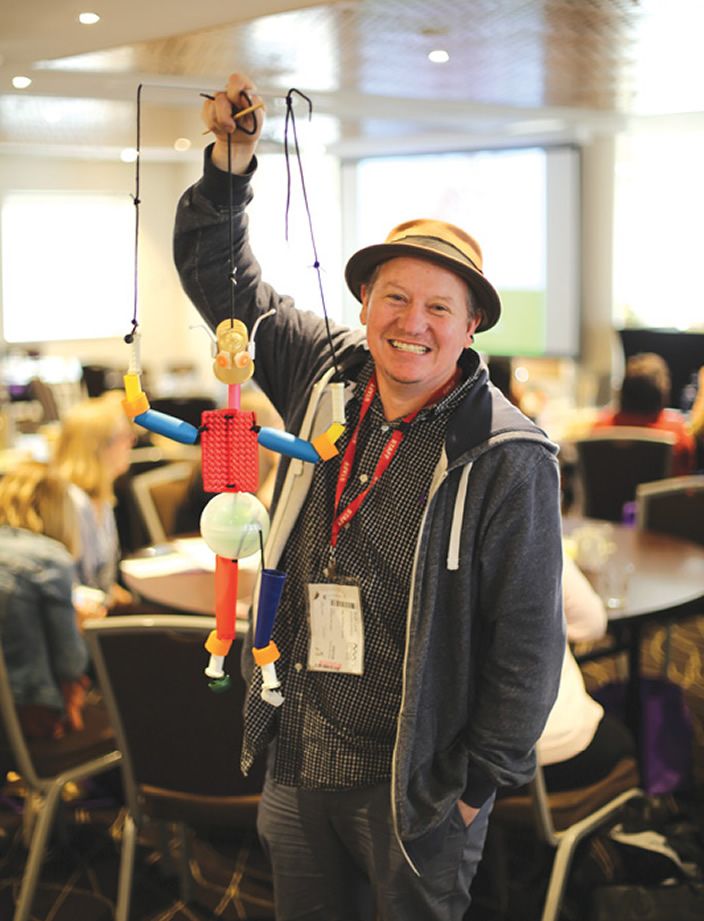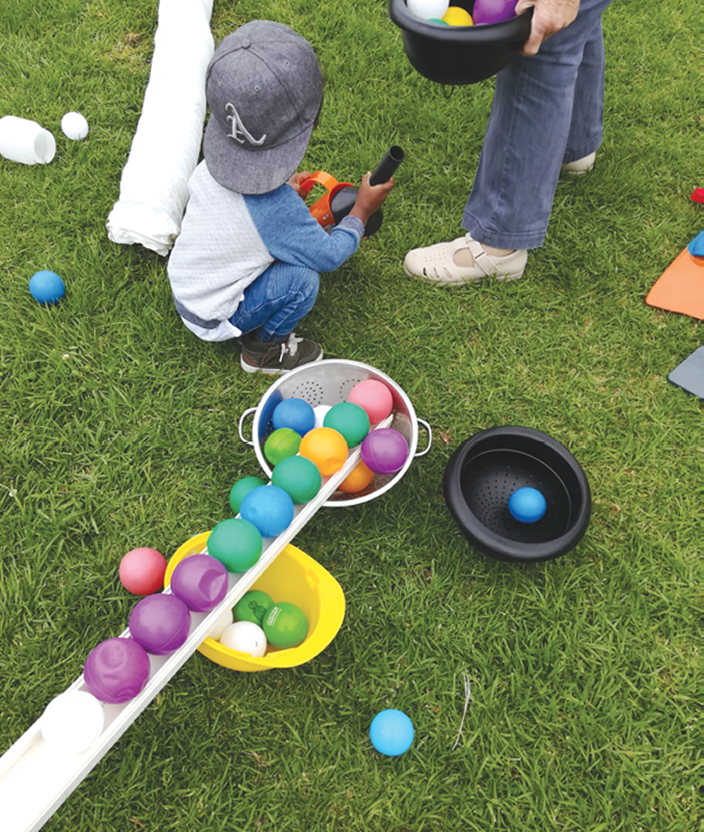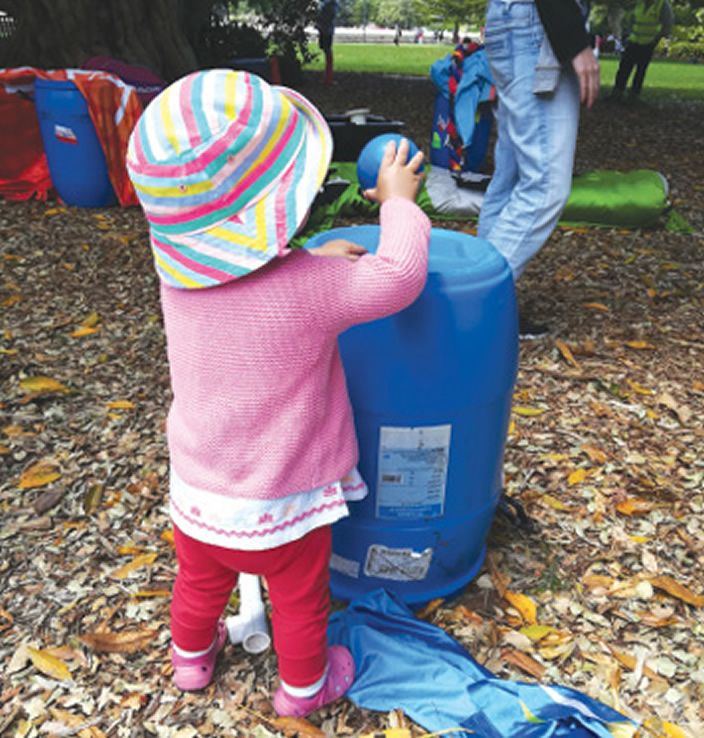Benefits and opportunities
It is well documented that play is one of the best ways for children to learn. They learn to take turns, negotiate, communicate, build teams and organise.
Those learnings multiply when playing with open ended items in loose parts play. When approaching an item that has no set purpose, a child’s mind starts turning over the possibilities. ‘What can I do with this? What can I add to this? How heavy is this? Who can help me move it?’
Loose parts play empowers and stimulates creativity. There’s no right or wrong way to use an object if it has no prescribed purpose. Every child will have a different approach to every object. A cardboard tube can be anything from a ball tunnel, to a telescope, sound tube, microphone, flagpole, limbo stick and so much more.
Loose parts play promotes inclusivity. Children who don’t participate in ball sports, or gymnastics or on the monkey bars tend to engage with the loose parts. Some choose to play individually and others work together. The beauty of loose parts play is that every child can find their place and engage in a way that suits them. No one is advantaged or disadvantaged. The unpredictable nature of the materials brings kids together as the play becomes focused on the objects rather than physical achievements and competition.
The Sydney Playground Project found children are more engaged when they have the opportunity to play with materials that are intriguing and require some level of physical exertion. This means more time being physically, socially and mentally active.
Loose parts play isn’t restricted to the playground. It can also be explored in the classroom for STEAM learning.
How do I choose loose parts?
The Sydney Playground Project compiled a helpful guide to choosing loose parts.
- The object has no obvious play purpose
- Encourages cooperation and gross motor development (heavy, big, takes more than one child to move)
- Has multiple potential uses (eg, children can go inside of or on top of the object) or can be easily combined with other objects
- Readily used in creative, challenging, or uncertain ways
- Promotes interesting sensory experiences
- Free from potential hazards that cannot be easily seen and managed by a child (eg, not likely to break easily), and
- Sustainable (re-use resources).
Where do I find them?
Loose parts are everywhere! There’s no need to go to a catalogue or buy anything new for this type of play. That defeats the purpose.
Start by asking your students’ families. Give them an idea of what you are looking for: bottle tops for counters, saucepans and old kitchen utensils for the sandpit or mud kitchen.
Contact local communities and businesses for donations of things they no longer need as it saves them having to dispose of their unwanted goods.
In fact, that’s how Reverse Garbage started 45 years ago. A group of switched-on teachers recognised the offcuts discarded by local industry would be valuable resources in their classrooms – saving them money and the environment.
Reverse Garbage is a not-for-profit charity in Sydney that rescues over 260 tonnes of industrial and commercial discards by giving them new life with educators and many others including artists, upcyclers, DIY enthusiasts, tinkerers, set builders, window dressers, community organisations, festivals and charities.
It is the place to go for the unusual loose parts items that you just won’t find anywhere else. The Marrickville warehouse is filled with interesting items that stimulate children’s imaginations. Drop by seven days a week and choose your own loose parts, or if you live further afield, send an email to info@reversegarbage.org.au with a general description of your space, number, age range and budget and we’ll curate a kit for you.
Reverse Garbage also run professional development sessions that will help you introduce loose parts play into your curriculum. Starting at $1200, a half day session includes:
- delivery and unpacking of a curated starter kit of loose play materials
- demonstrations for the school leaders on safe lifting, storing and setting up
- class demonstration sessions, and
- post play review with staff, a professional development session and implementation discussion.
This program can be tailored to include parents and the community, or a consultation on other areas, eg, playground construction, sustainability curriculum.
Using re-use materials in play is a fantastic way of starting conversations about how every item is created from valuable resources withdrawn from our planet. We can’t put them back, so we have to make sure we re-use them as many times as we can. These conversations start a framework for their sustainable future.
www.sydneyplaygroundproject.com
www.reversegarbage.org.au
Hut 8, 142 Addison Road, Marrickville Phone 02 9569 3132.











































































































































